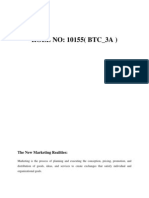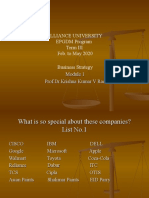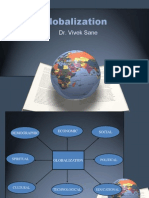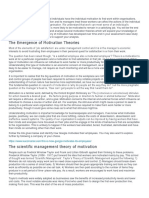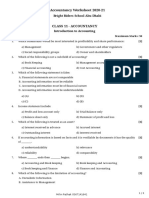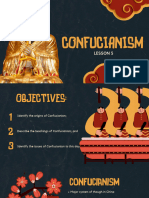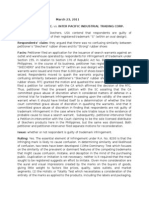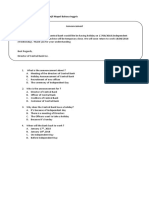0% found this document useful (0 votes)
13 views10 pagesTranscriptlesson 10
This lesson on Strategic Management covers contemporary issues that strategic managers must consider, including e-business and information technology, customer intimacy, strategic alliances, and globalization. It highlights the importance of leveraging technology for competitive advantage, the necessity of strategic alliances for market expansion, and the factors driving globalization and localization. The lesson concludes with encouragement for further reading and engagement with course materials.
Uploaded by
wafaCopyright
© © All Rights Reserved
We take content rights seriously. If you suspect this is your content, claim it here.
Available Formats
Download as PDF, TXT or read online on Scribd
0% found this document useful (0 votes)
13 views10 pagesTranscriptlesson 10
This lesson on Strategic Management covers contemporary issues that strategic managers must consider, including e-business and information technology, customer intimacy, strategic alliances, and globalization. It highlights the importance of leveraging technology for competitive advantage, the necessity of strategic alliances for market expansion, and the factors driving globalization and localization. The lesson concludes with encouragement for further reading and engagement with course materials.
Uploaded by
wafaCopyright
© © All Rights Reserved
We take content rights seriously. If you suspect this is your content, claim it here.
Available Formats
Download as PDF, TXT or read online on Scribd
/ 10





























